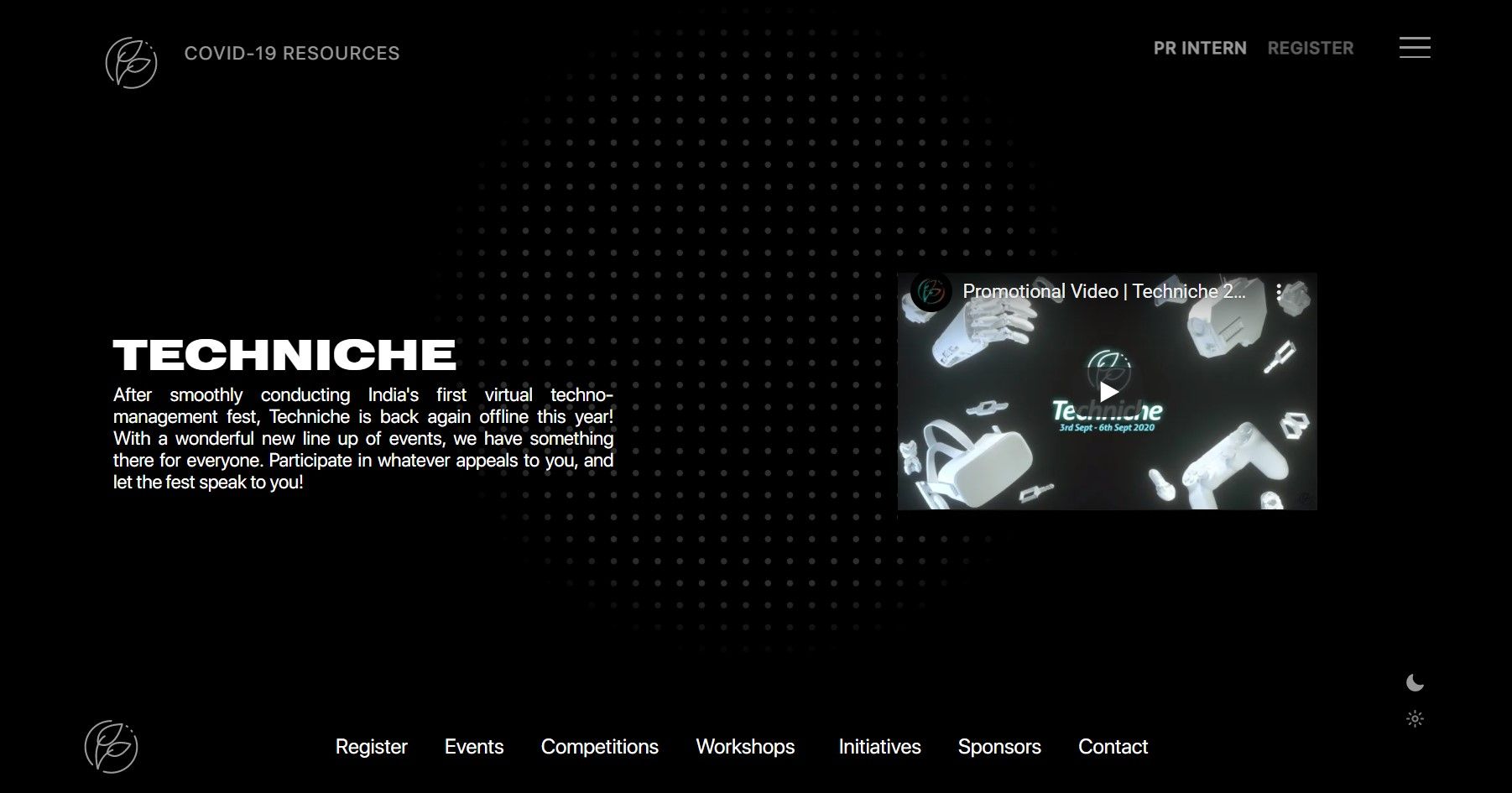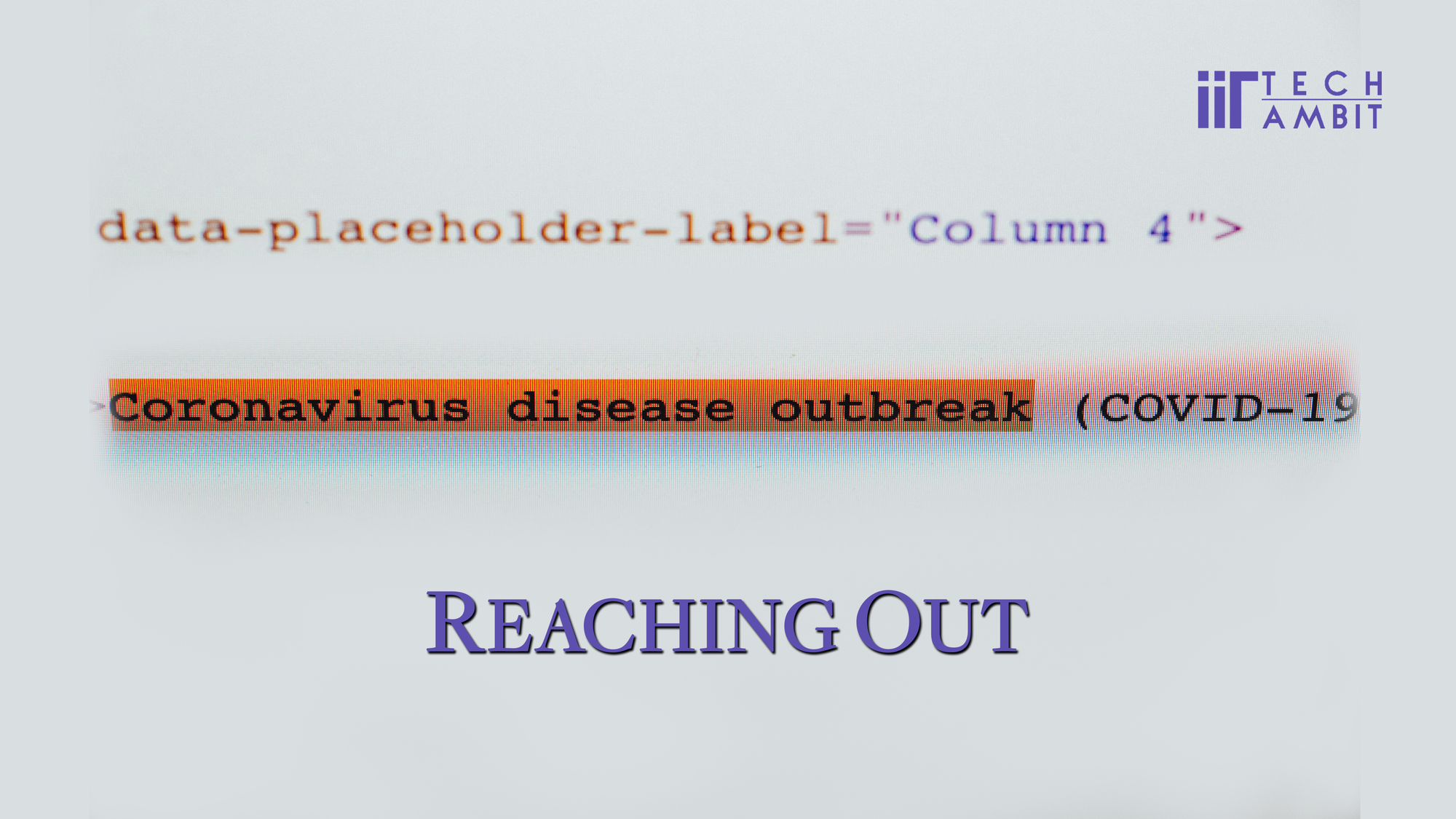“The way to get started is to quit talking and begin doing”, is the forever mantra that brought a social initiative into existence by 3rd year students at IIT Guwahati. If the agony of your community doesn’t torment you, then you aren’t living as a part of a community. However, when we innovate and create, we uplift not only ourselves but the entire community.
Two 3rd year students, Shreya Anish (Design department) and Jaswanth Gudiseva (Civil Department) from IIT Guwahati got wind of the Assamese population's hurdles during the Covid-19 pandemic. They faced a shortage of Covid resources during the pandemic. In the age of big data, ignorance of its power is the worst shackle.
This group of 6 students from IIT Guwahati conjectured that this was because of the lack of availability of Covid resources and the lack of information available for the existing ones. Among the many solutions that they pondered, only one seemed to be possible in the online world we reside in. Shreya Anish and Janawanth Gudiseva, along with their team of college freshers, built a website to resolve this availability and information gap. This website provides up-to-date information regarding oxygen cylinders, food, doctors, bed and medicine.

Getting started
Although they started with a small team, they firmly believed in their cause and kept striving.
“It was very overwhelming in the beginning. We wanted to make sure our academics weren’t affected. Now we used to being busy.” says Jaswanth Gudiseva as he describes his experience.

The team distributed responsibilities for the various requirements like food, bed and oxygen cylinders availability amongst themselves. In order to always have the up-to-date information on the website, their team calls people and asks them for updates on resource availability. They additionally check out various websites to obtain new leads.
Their team keeps taking necessary updates and permission. Initially the people who they contacted were skeptical about their authenticity. Over time, the team convinced the people of their initiative, and so their website developed further. They verified and tried to be in contact with many other organizations to keep the website up-to-date and resource-rich.
The Techniche Website
Initial Non-technical Approaches
The initial plan of action to get the information out as quickly as possible, was to release the spreadsheet containing the verified information to the users. The spreadsheet would have been spread through social media and is a viable approach to get structured information out quickly.
However, they soon shifted to using a website as it would have been a better experience for the end-user. The spreadsheet would have been more confusing to read, search and filter on the account of a large quantity of data, and would have been easily misplaced. Both of these issues were well addressed with the use of a website.

Website structure and design
The vision of the team behind this effort was materialized by the Techniche Web Development Team and the Design Team. The overall look and feel was conveyed to the design team, who then designed the user interface. The Web Team later implemented this onto the website of Techniche.
Front End of the website is basic HTML, CSS and JavaScript, which are basic and easy scripting languages for the Web. The HTML provides the content and structure, the CSS the styling and look, while JavaScript makes the website dynamic and interactive.
The website is structured in a way that any change in the spreadsheet reflects immediately onto the website. These results can thus be filtered easily. It uses the Google Sheet API to display their data on their website. The source sheet is maintained by the outreach team.
Accessibility of the website
Their goal was to make the website easily accessible and user friendly. Someone with no exposure to websites should be able to use it too, as the pandemic hit all the sections of society without prejudice. The website is being constantly shared through social media accounts of techniche to ensure it reaches far and wide, to those who need it the most.
The Govt of Assam, whom they are planning to collaborate with, would include a link to their site in it’s own program, which will bring a lot of traction and get this service out to the farthest reaches of Assam. They further plan to share it via State Government portals and hopefully one day the National Government portals.
How the website is implemented

This section is aimed to provide a basic understanding of the website made, help those who would like to develop a similar solution for their local regions. The advice to stick by, given by the development team is to obtain the basic knowledge, then follow documentation/ any blog for implementing any feature that you want. The internet can fulfill all of your needs in the development of such websites.
The techniche website uses a framework (which can be thought of as pre-written code) called Django. This is because the techniche website incorporates a full-fledged database. Websites (such as the Covid Resources page) do not necessarily need this and can be implemented using simple HTML. Alternatively, those who are familiar with JavaScript can opt for React, as recommended by the techniche Dev team. Using such frameworks makes the development processes quicker, especially since the basics of these tools are easy to use. Additionally, many No-code solutions exist as well, where the developer can just build a website from pre-existing components. Popular examples of these are WordPress, Wix et al.
Concluding Remarks
Getting the verified data and providing the data to the masses via a website are seemingly disjoint tasks. However, only when they operate together can something of value be provided to the society. In these trying times, supporting each other and working together for the common good is of the utmost importance, as indicated by this initiative.


